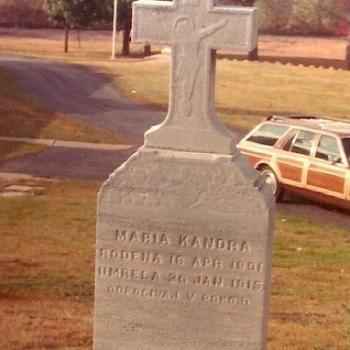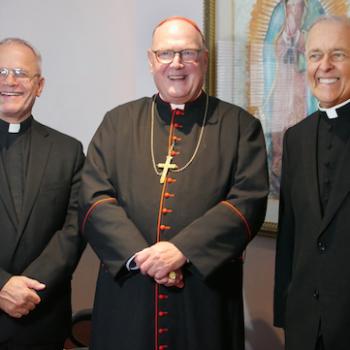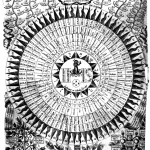Last week marked the end of an era — okay, a mini-era — with the final sign-off of Katie Couric as anchor of “The CBS Evening News.” The marriage of Katie and CBS was rocky from the start. What went wrong? Some thoughts from someone who was there at the beginning (that would be, um, me):
People have spent the last five years scratching their heads and wondering: what went wrong? One who will have none of that, though, is New York Times columnist, Gail Collins, who last week hailed Katie Couric’s troubled tenure as a triumph. As Collins put it:
From my perspective as a charter of the progress of American women, Couric was a total success. The first great mandate for a First Woman is not to screw things up for the Second Woman or the Third. On that count, Couric did great. She was under incredible scrutiny and pressure, and she held up her end. There was never a point at which American viewers turned to each other and said: “Well, that certainly didn’t work out.”
Not so fast. In fact, American viewers did say that. A lot.
A few months before Katie’s show premiered, I was assigned as editor of her blog, “Couric & Co.” It was intended to be CBS’s answer to NBC’s popular “The Daily Nightly.” Editing Katie’s blog for a year, I got a good sense of what American viewers were thinking about the woman and her show. A lot of them were unimpressed. More than a few were angry.
The problem wasn’t that Katie was a woman. For decades, viewers had grown accustomed to seeing women anchor the news on cable and local stations, and no one had taken to the streets with torches and pitchforks. Despite Les Moonves’ public contention that sexism was behind Couric’s pitiful ratings (he at one point even compared her to Jackie Robinson, which would have been laughable, had it not been so patently offensive), the problem for Katie—and for CBS News—was not her sex or her gender, but the kind of woman she represented.











